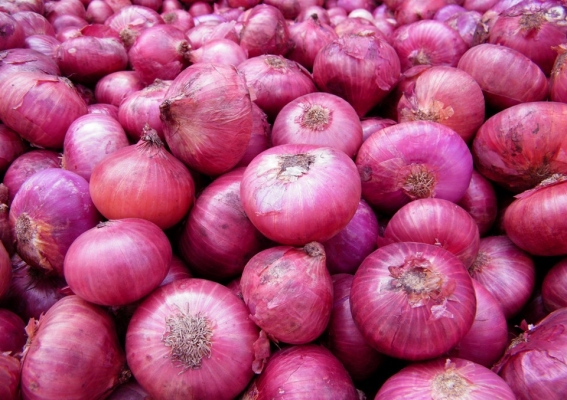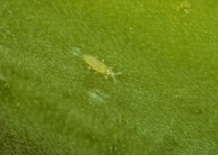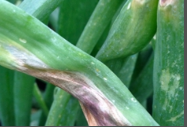General Information
Onion is most widely cultivated popular vegetable species. It is used for culinary purpose also it has several non-culinary use like it is used as Moth repellent because of its pungent juice, it is used to polish glass and copperware, onion concentrated water can be spray on plants to increased plant\'s pest resistance. India ranks first in term of area and second in production after China.














